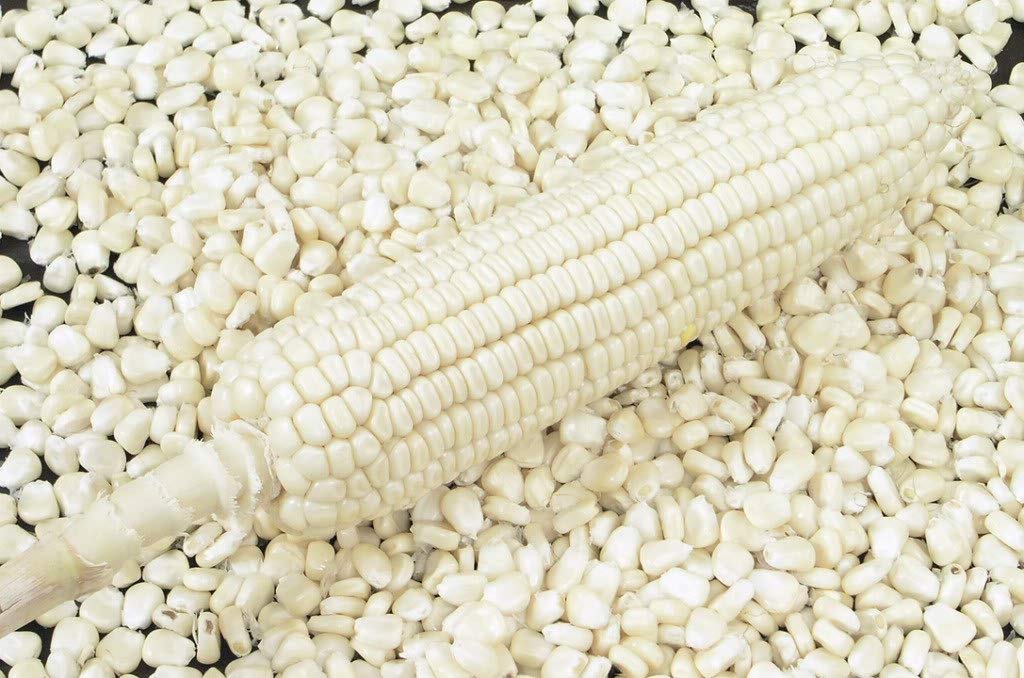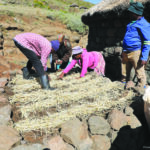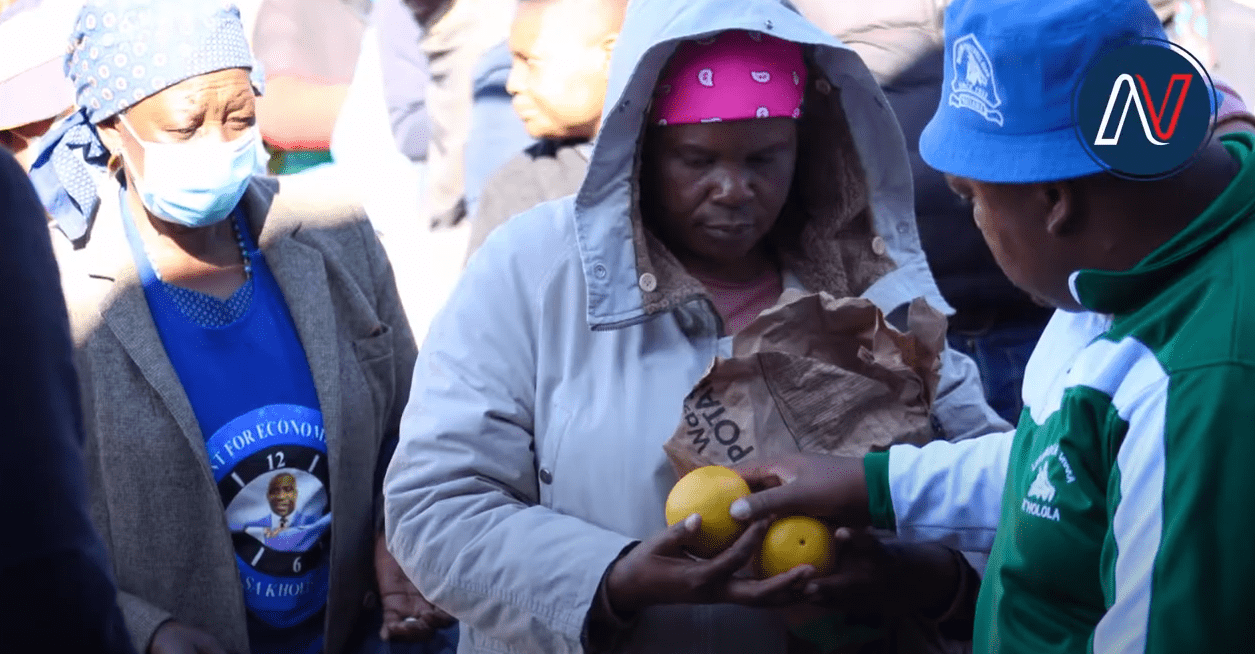Libuseng Molato
Maize meal stands as the cornerstone of Basotho cuisine, yet Lesotho grapples with a persistent challenge: the inability to produce enough maize to meet local demand.
The recent escalation in maize product prices has prompted a meticulous examination of the underlying factors driving this trend, casting a spotlight on the intricate dynamics within the nation’s agricultural sector.
The Lesotho Flour Mills attributes the spike in maize meal prices to a confluence of factors, chief among them being a dramatic increase in the price of South African raw white maize, a key import for the company.
CEO Fourie Du Plessis elucidates that adverse weather conditions, including low rainfall and uncharacteristically high temperatures across the Southern Africa region, have precipitated a surge in maize prices, the hard-hit is South Africa in particular whose where maize production is anticipated to plummet by 20% below initial projections according to different reports.
This surge, he notes, has seen South African white maize prices skyrocket by 39% within a mere two-month period, this translates into M3,800 per metric ton as of 31 January 2024, to M5,300 by 31 March 2024, necessitating adjustments in maize meal prices to offset escalating production costs.
“Following low rainfall and hotter than usual weather during the past two months across the Southern Africa region, Lesotho Flour Mills finds itself at a crossroads, compelled to adjust maize meal prices due to the market increase,” reveals CEO Fourie Du Plessis.
Despite Lesotho Flour Mills’ commitment to purchasing locally produced maize, the reality remains that Basotho farmers are unable to satisfy the company’s milling demands.
Du Plessis emphasises the need for increased domestic maize production to bridge this gap, acknowledging the superior quality of Basotho-grown maize but lamenting the insufficient volume to meet market demand.
Consequently, Lesotho continues to rely heavily on maize imports from South Africa to supplement its domestic supply, exacerbating the strain on local maize meal prices.
“Basotho-grown maize is usually of good quality, but the limitations are the volumes produced within Lesotho. It is not enough to cover the consumption demand, that is why we rely heavily on South Africa’s imported raw white maize,” Du Plessis emphasises, shedding light on the pressing need for increased domestic maize production.
Tsebang Lebata from the Crops department within the Ministry of Agriculture Food Security and Nutrition echoes this sentiment, highlighting the glaring disparity between Lesotho’s maize needs and its production capacity.
“The national cereal requirements amount to around 375,060 metric tonnes per year, with maize constituting a substantial portion of this demand, however, our maize cultivation falls short, with only 37,330.01 hectares planted,” Lebata explains.
He warns of dire consequences, as Lesotho’s maize production remains hampered by adverse weather conditions.
Famine Early Warning Network, FEWS NET indicated that with general market prices still high and off-farm income declining slightly, purchasing power for poor and very poor households will likely be impacted, thereby driving Stressed (IPC Phase 2) outcomes with the worst-affected households in Crisis (IPC Phase 3).
“Overall, off-farm income for households is expected to decline slightly due to increased competition for petty trade and casual labour opportunities,” FEWS NET says.
“The prospects of a good harvest this year are compromised, exacerbating our reliance on imported maize,” he cautions.
He further indicates that regardless of Lesotho Flour Mills’ assertion that Basotho produce good quality, that is not the reality on the ground.
“Normally Lesotho Flour Mills imports maize because most of our produce is said to be of low grade and only suitable for animal feel hence the dire reliance on South Africa,” Lebata said.
Despite the challenges, there is a glimmer of hope. Khotso Lefatsa, an Agricultural Economist, underscores the potential for local farmers to capitalise on the rising maize meal prices.
“Farmers stand to benefit from higher selling prices for their maize. This presents an opportunity for increased market participation and enhanced profitability within the agricultural sector,” Lefatsa notes.
As Lesotho navigates the complex interplay between maize needs and production, stakeholders must unite in their efforts to bolster domestic maize cultivation. Only through concerted action to enhance agricultural resilience can the nation overcome the challenges posed by fluctuating maize meal prices and secure food security for its citizens.

Your Trusted Source for News and Insights in Lesotho!
At Newsday Media, we are passionate about delivering accurate, timely, and engaging news and multimedia content to our diverse audience. Founded with the vision of revolutionizing the media landscape in Lesotho, we have grown into a leading hybrid media company that blends traditional journalism with innovative digital platforms.




![Vendors demand business operations FB_IMG_1611952519947[1]](https://newsdayonline.co.ls/wp-content/uploads/2021/01/FB_IMG_16119525199471.jpg)







